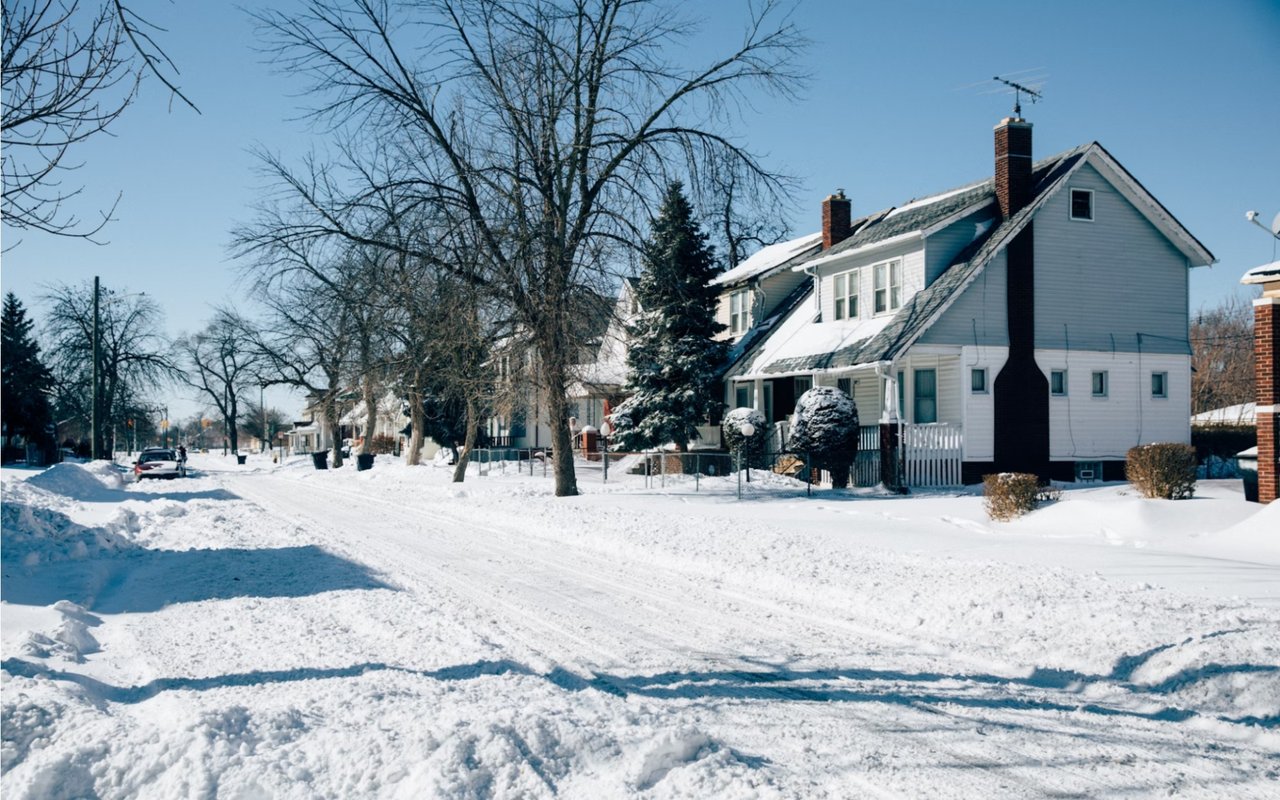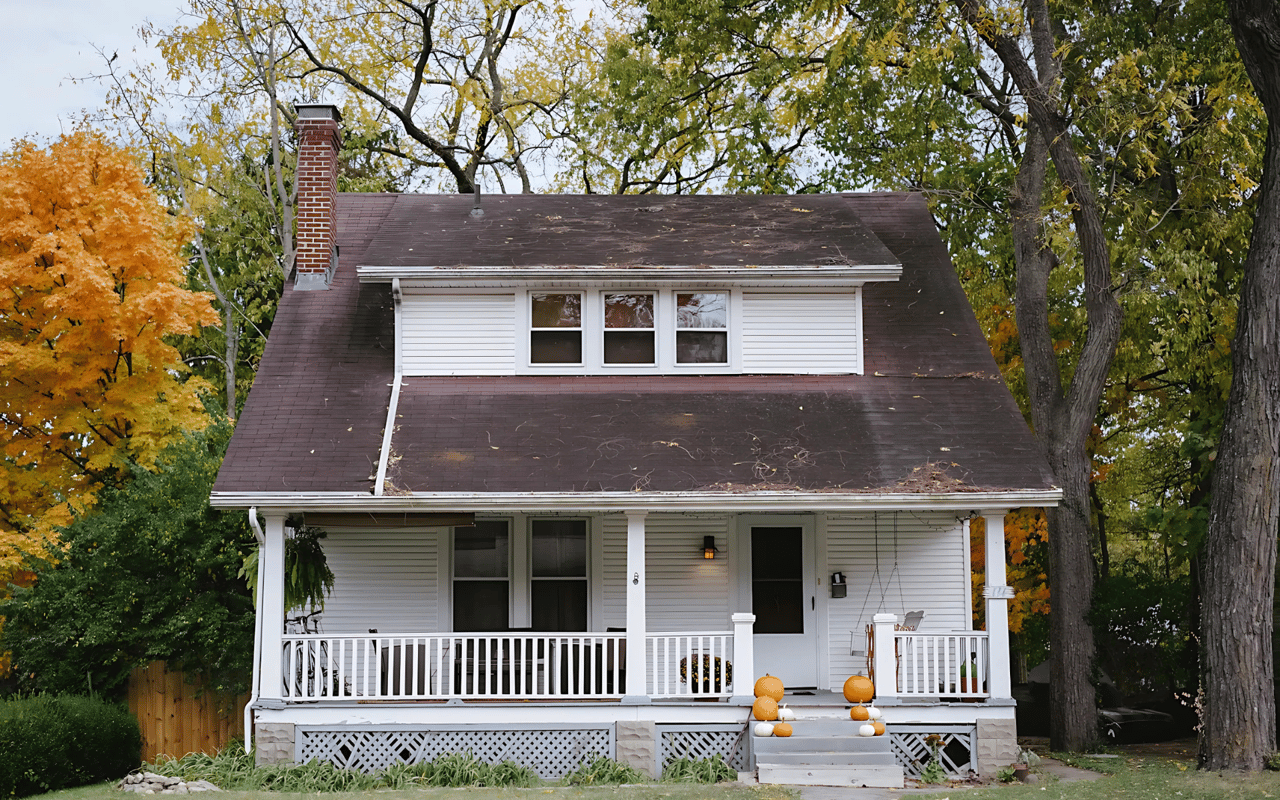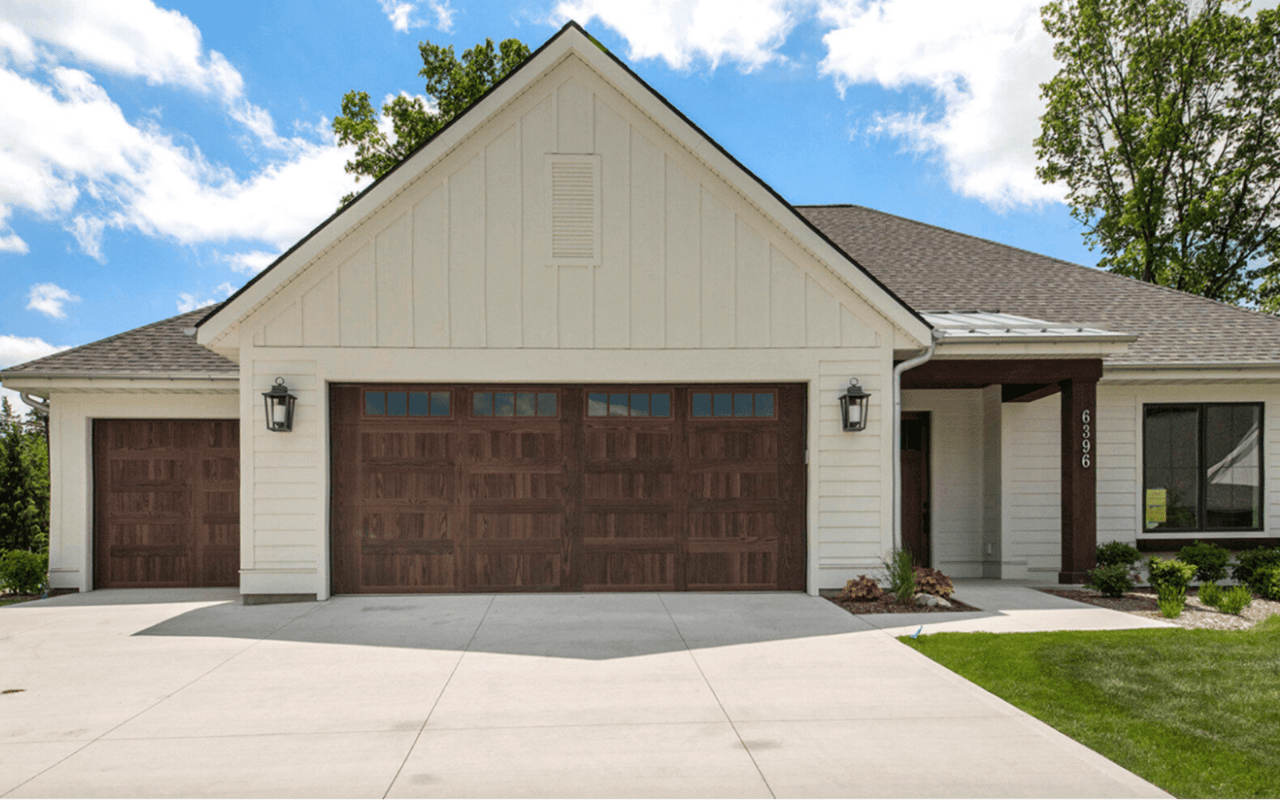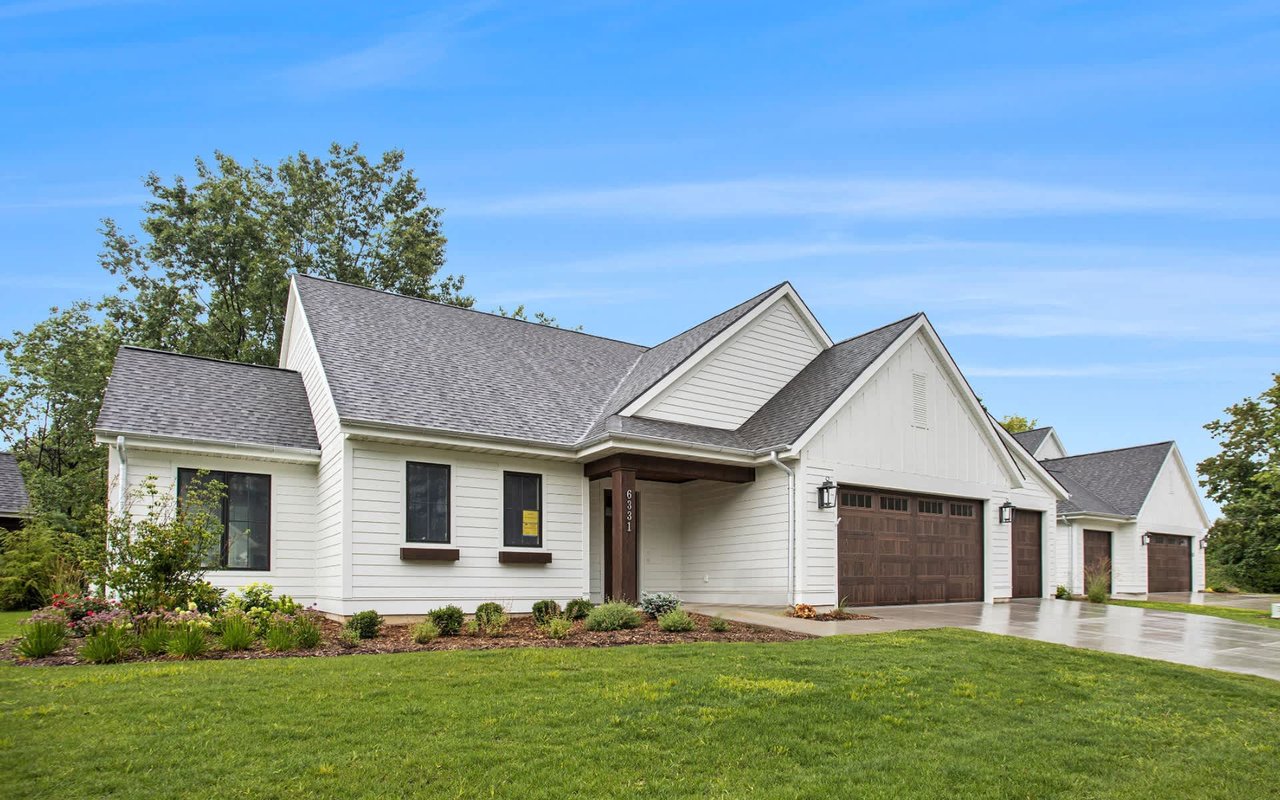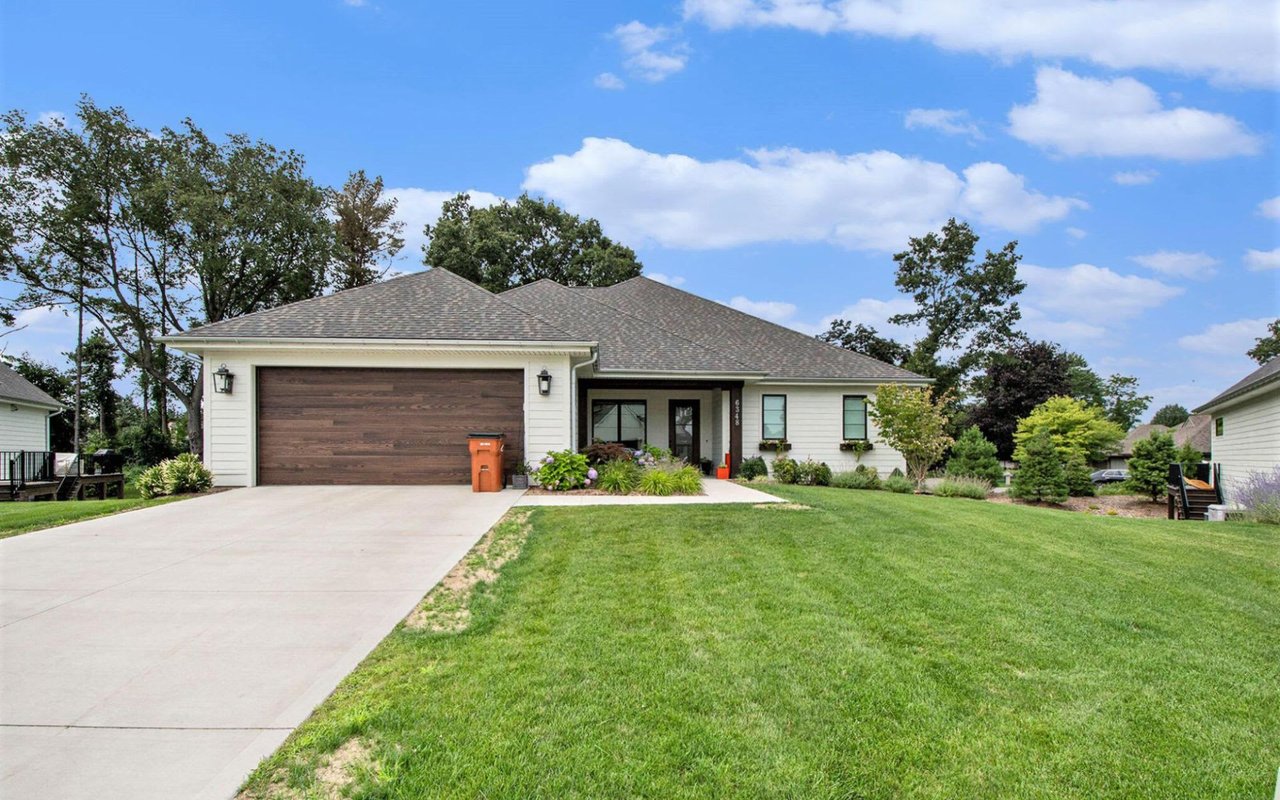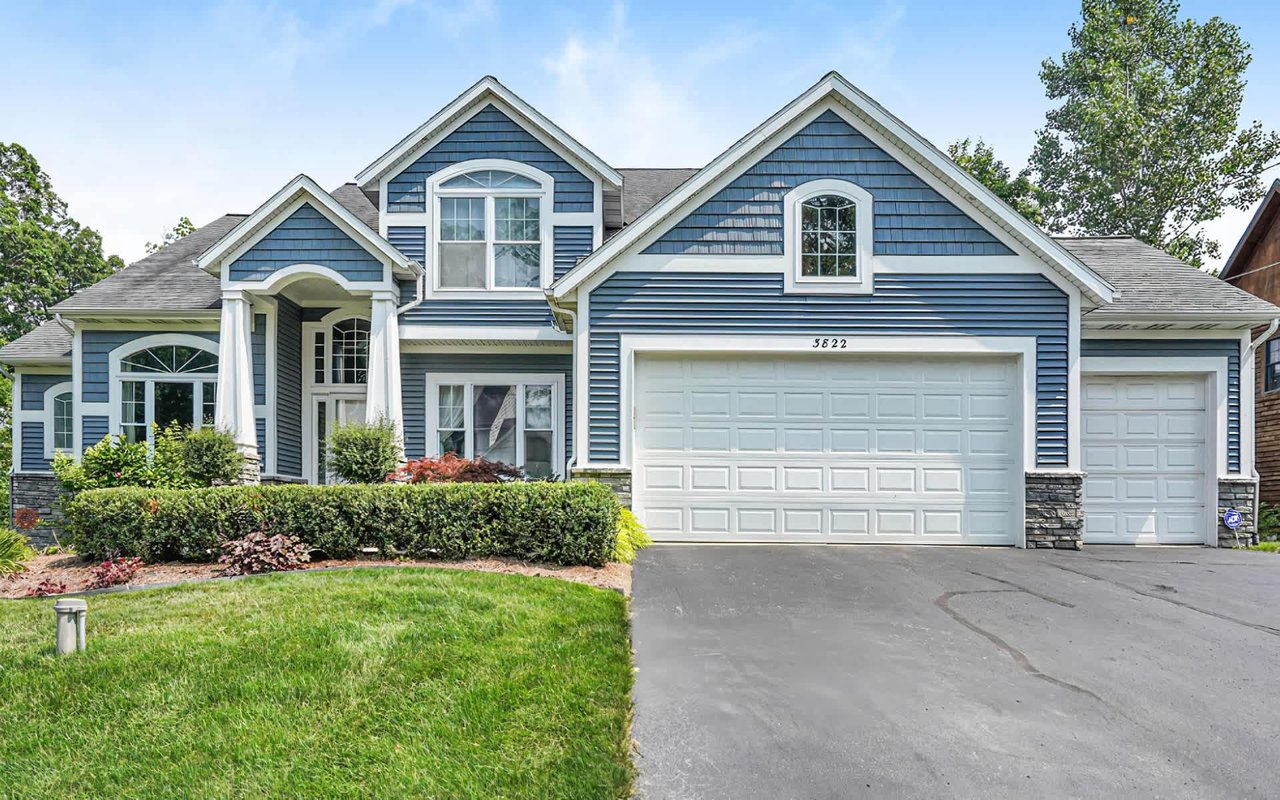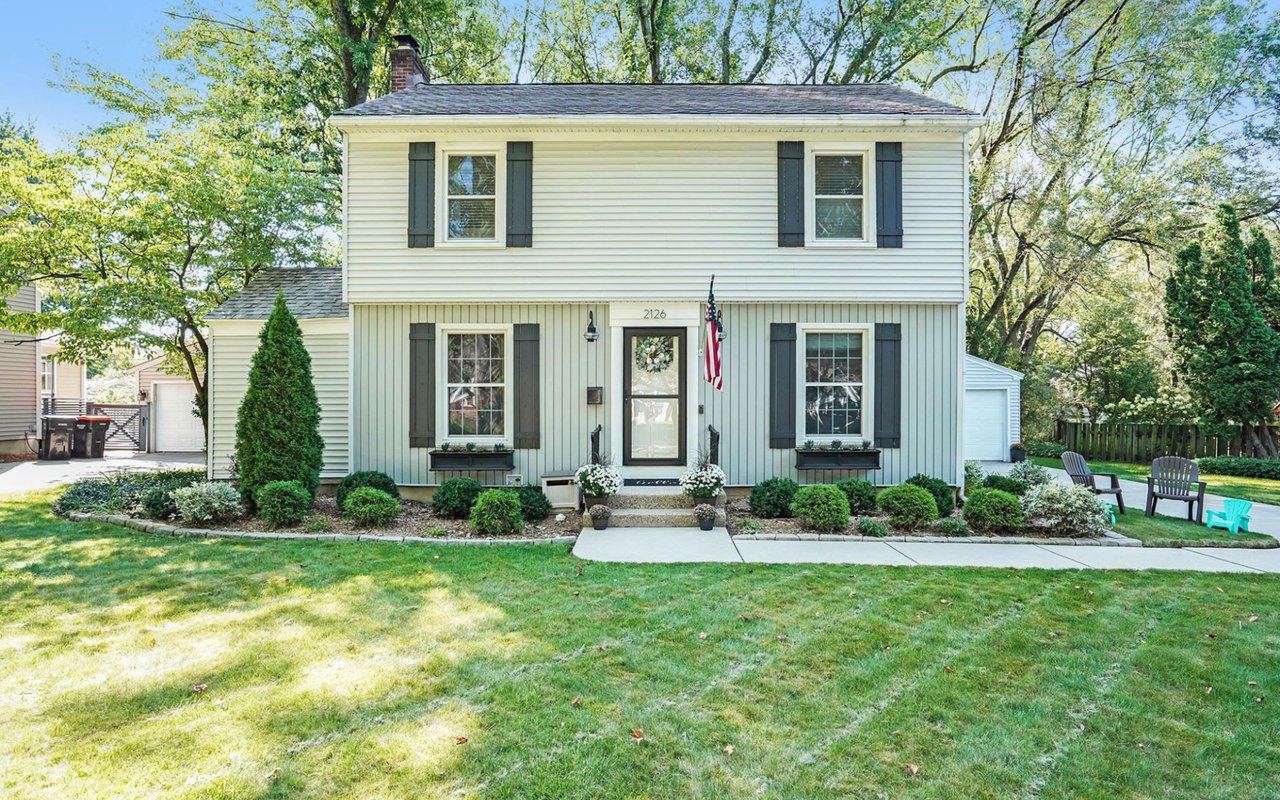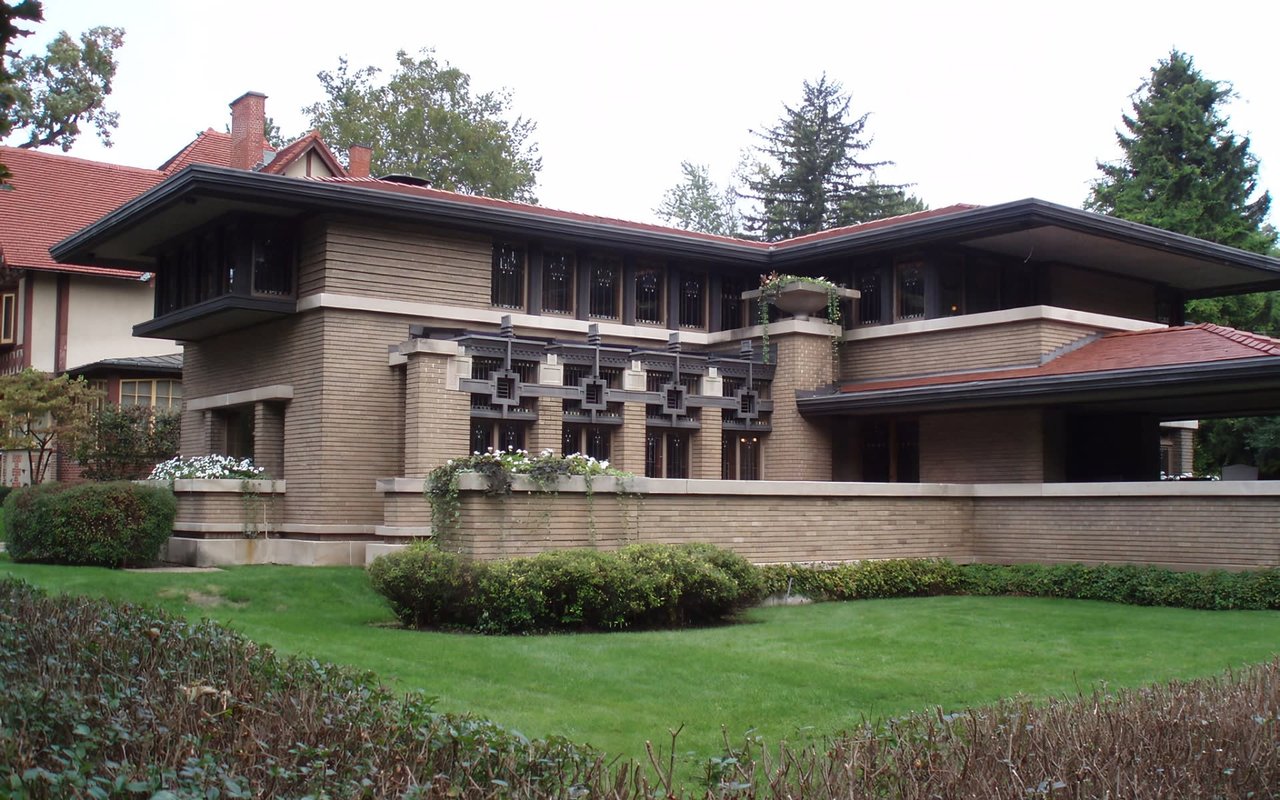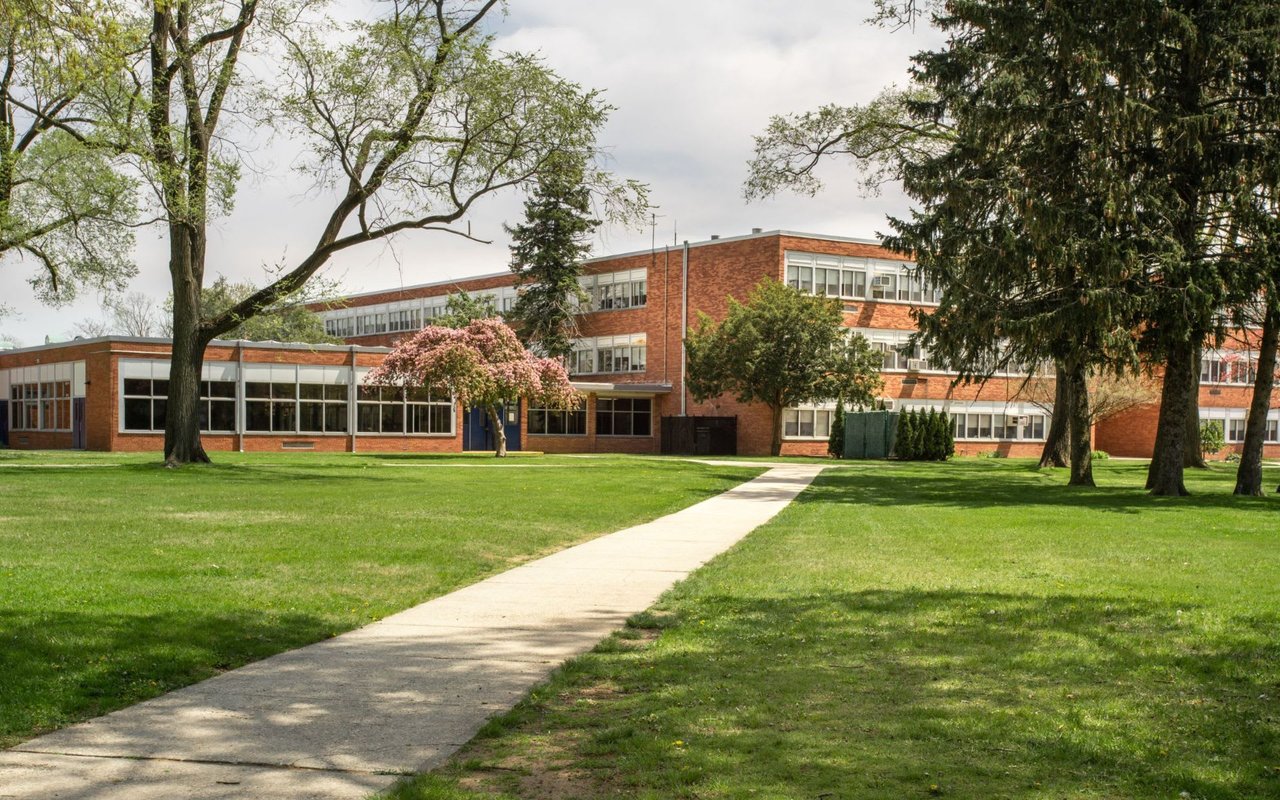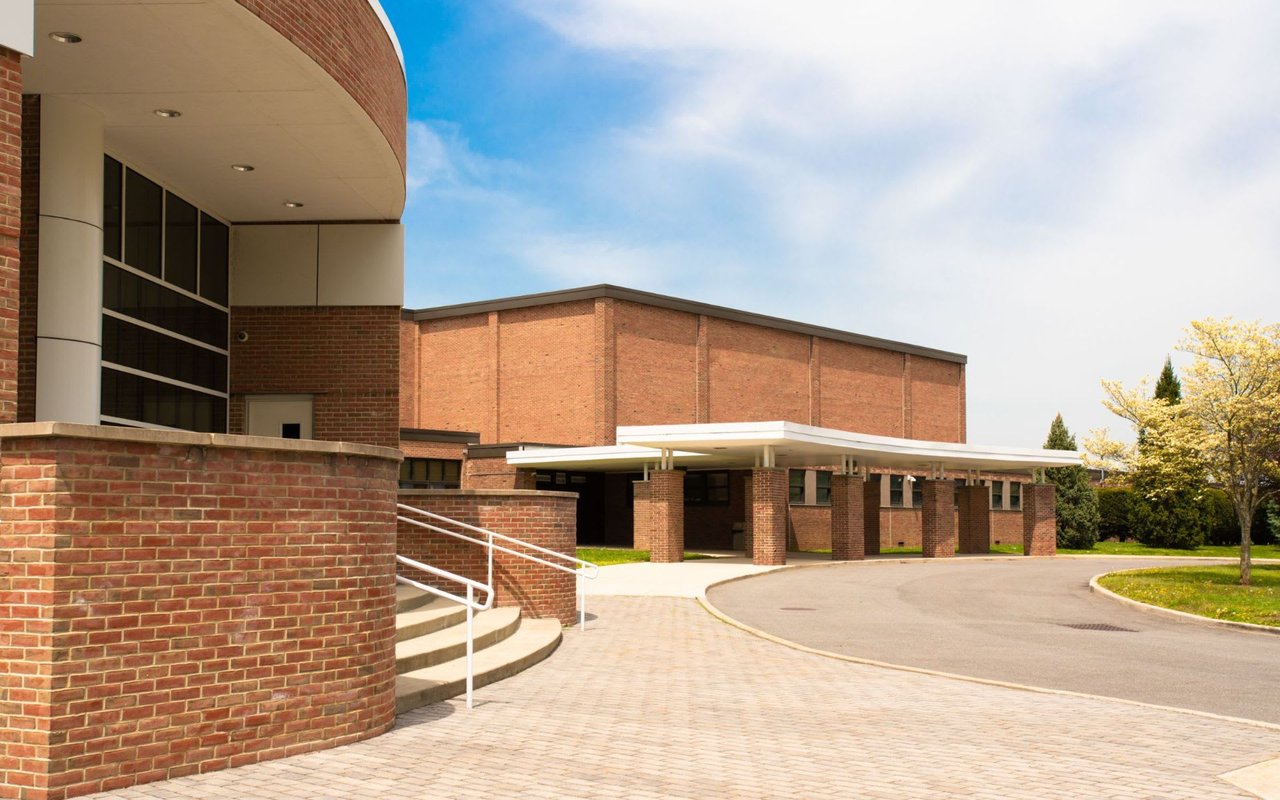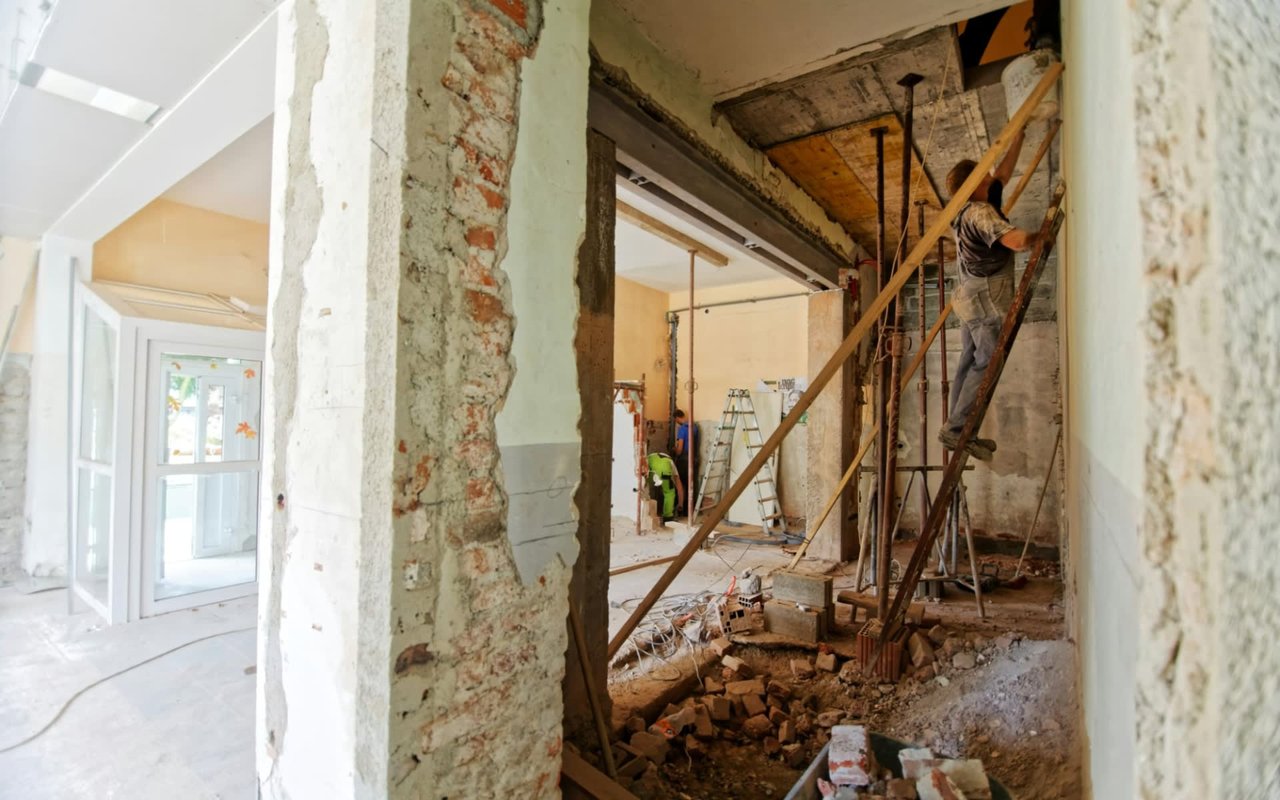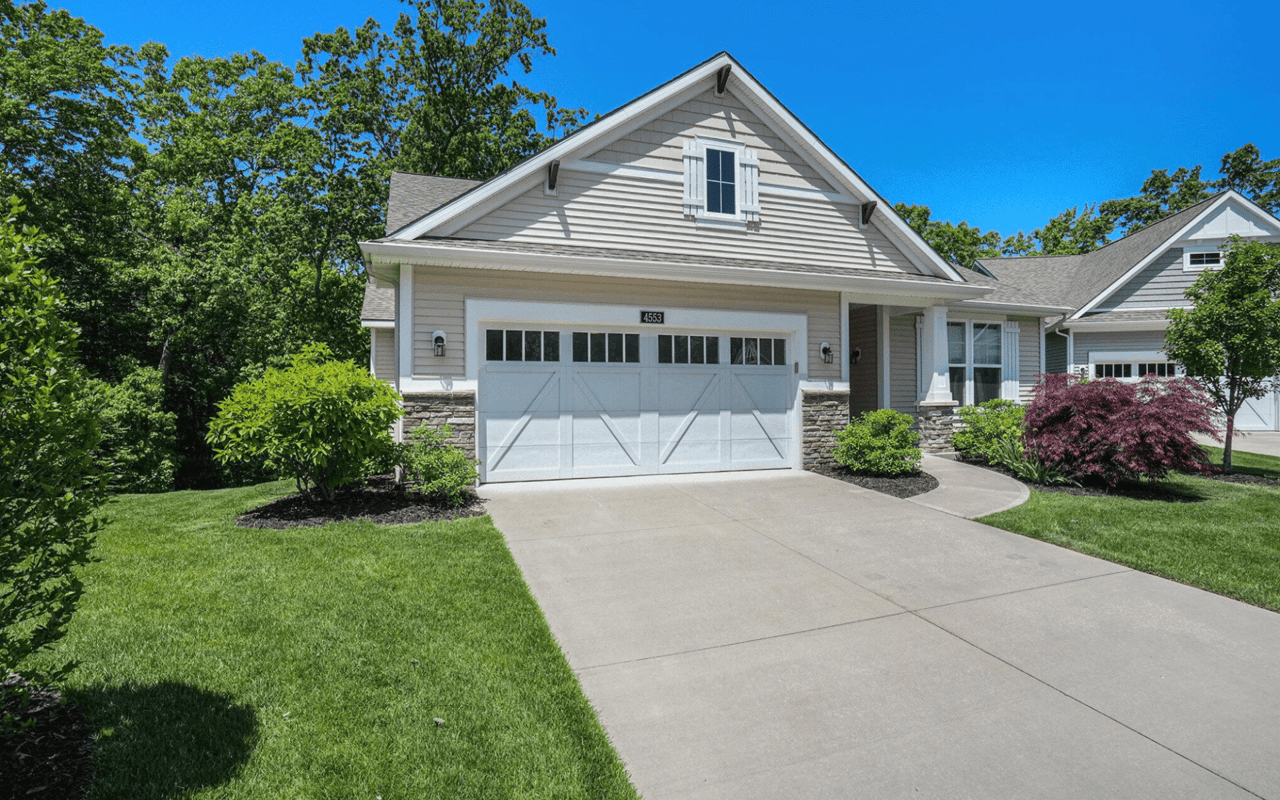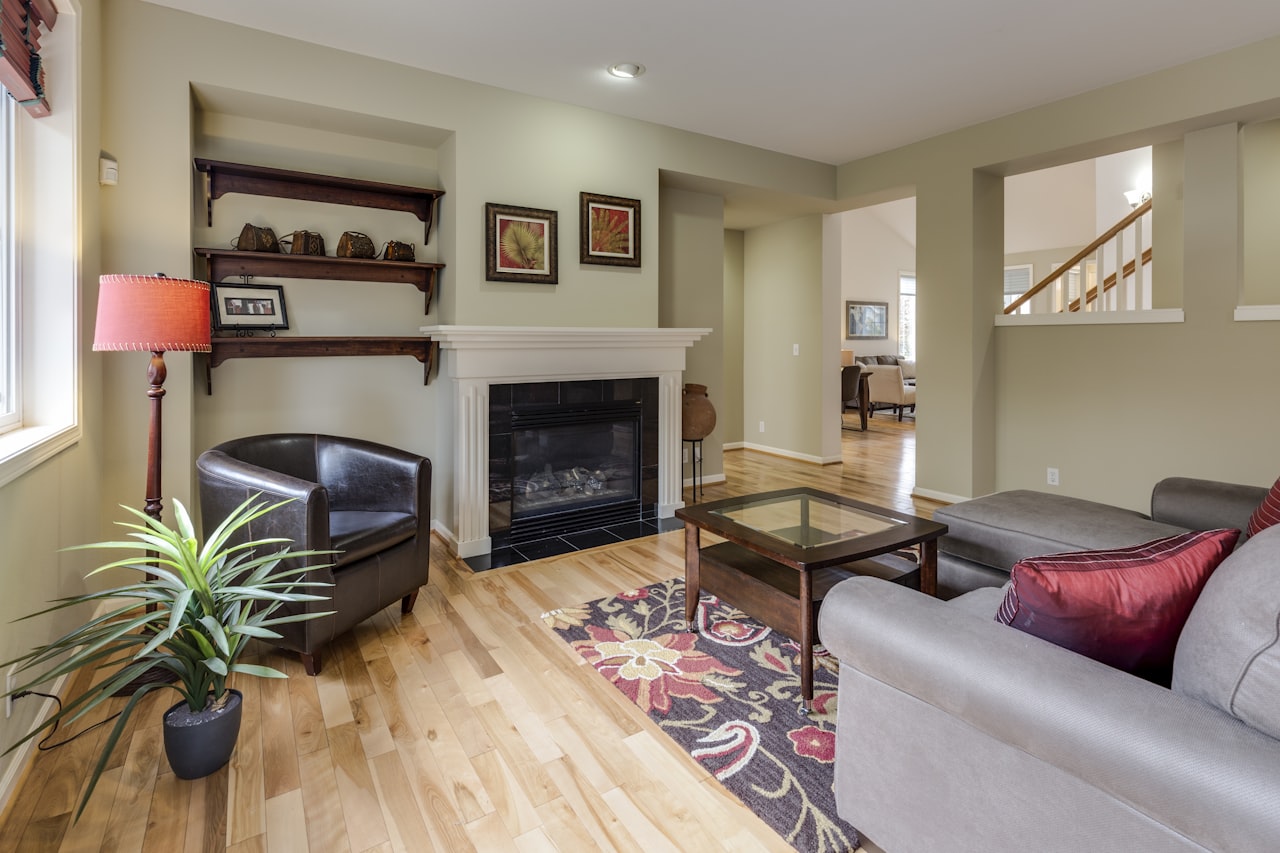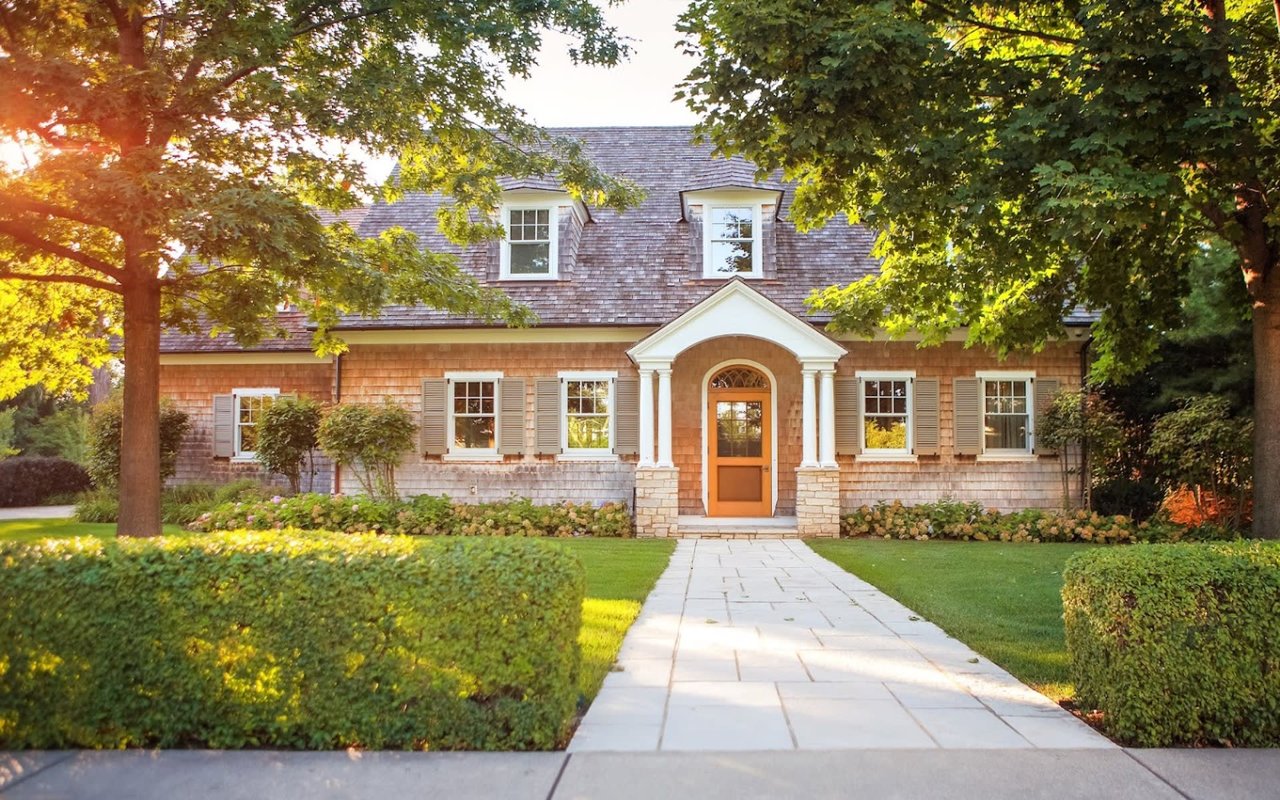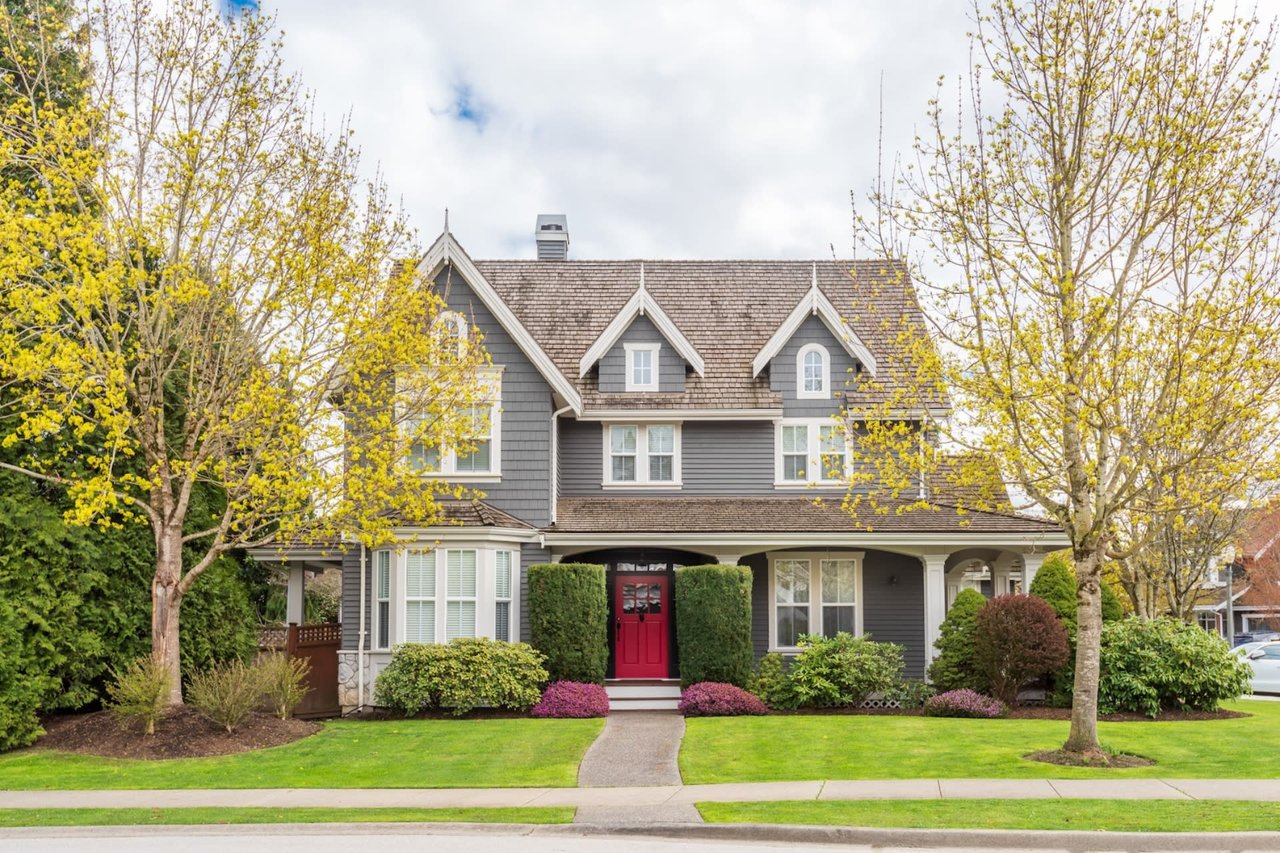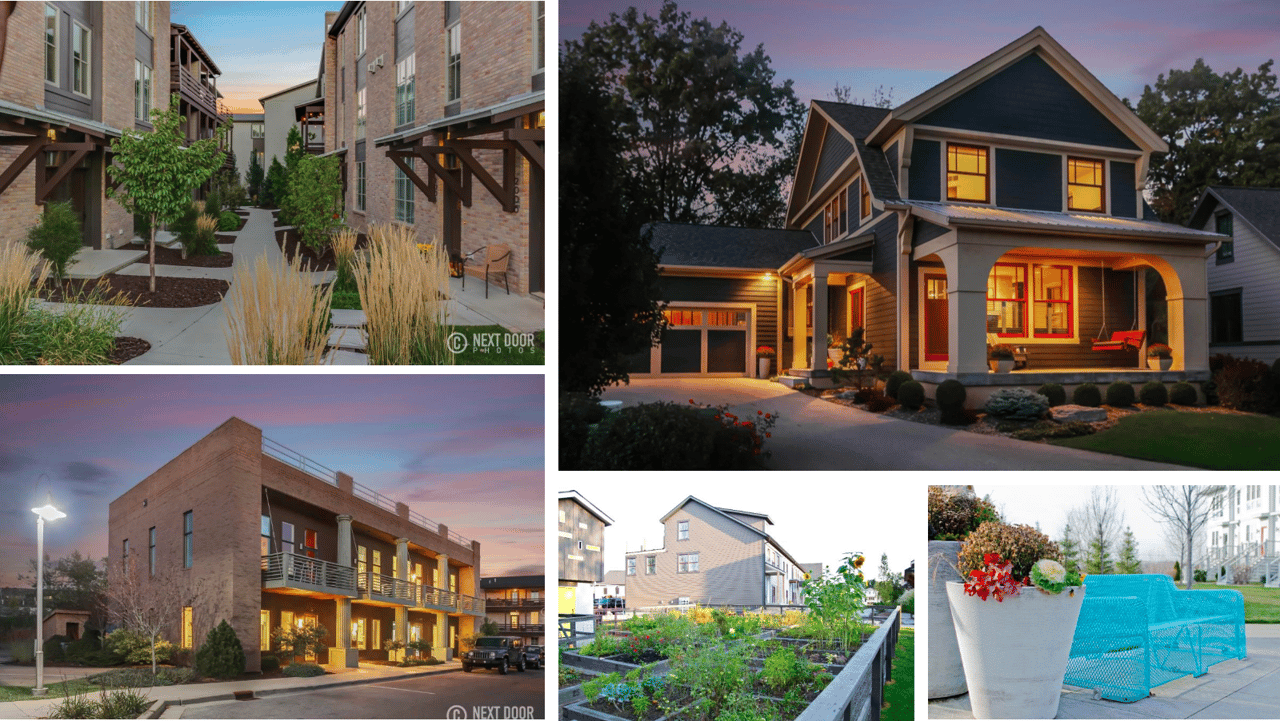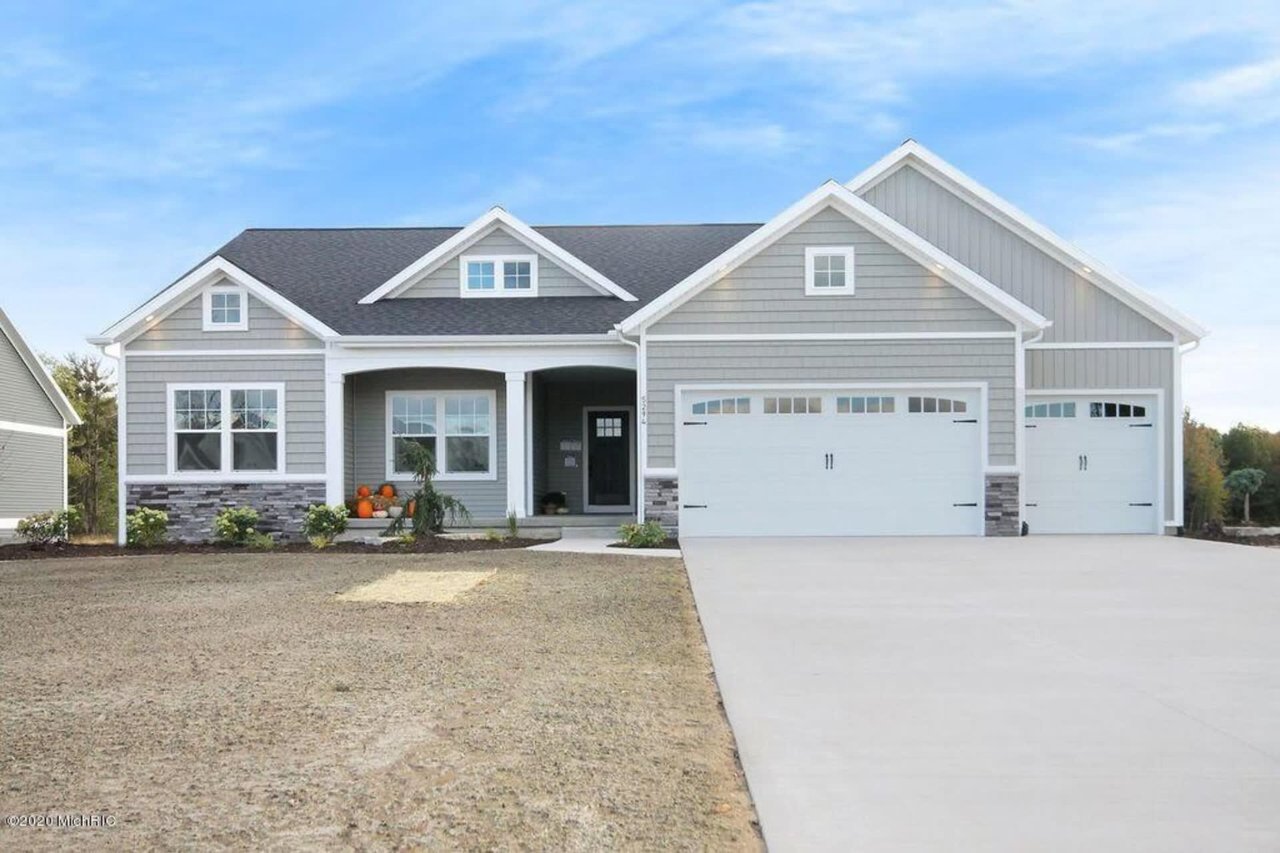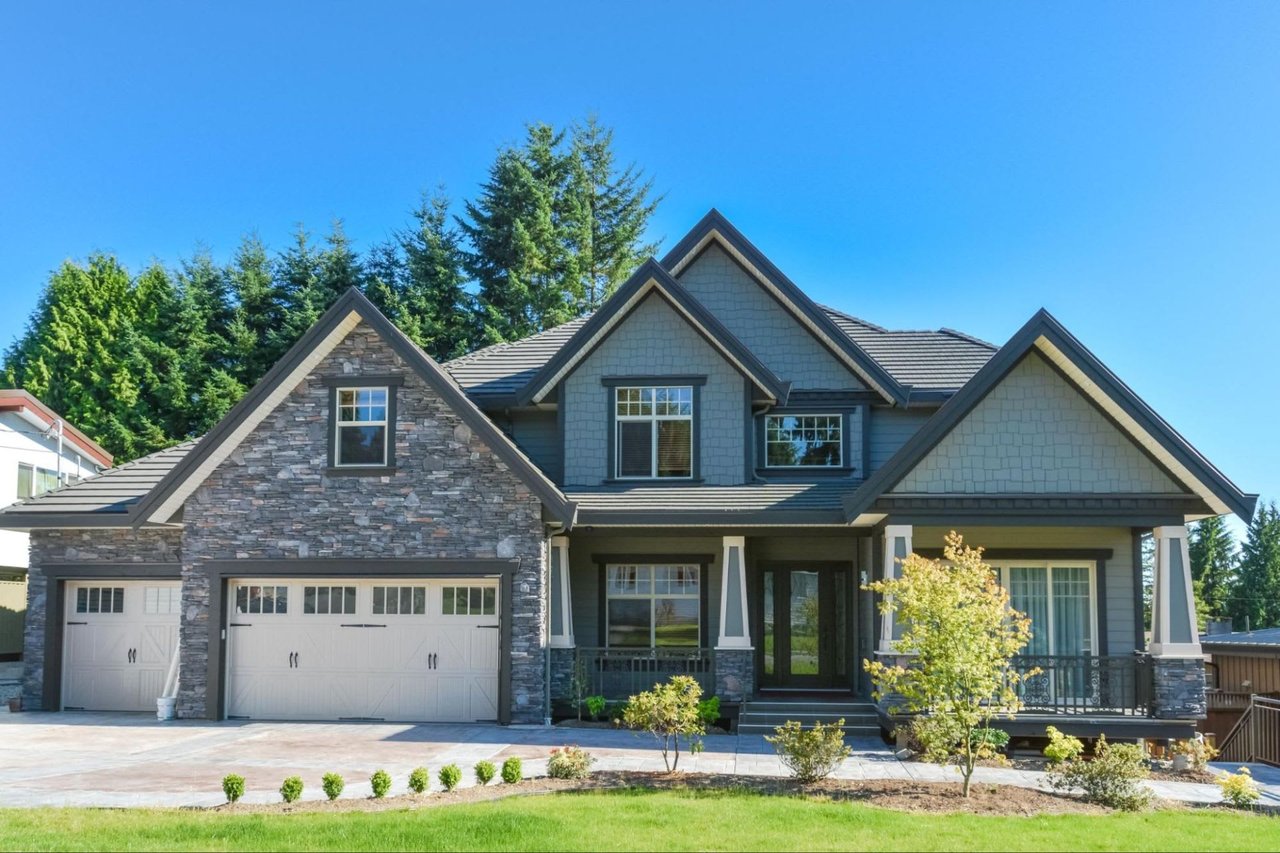After nearly 20 years in the real estate business, I can safely say the top question from home-buying clients is: how do Michigan property taxes work?
While I encourage buyers to do their own research as well, I’m more than happy to provide as much insight as I can to this tricky system. Please remember that this is a shortened version of all the ins and outs of Michigan property taxes, but the tax bill most impactful to many homeowners regards the local tax millage rate.
Tax Millage Rate and State Equalized Value
Typically, tax bills are calculated by multiplying the taxable value by the local tax millage rate. It varies from city to city and school district to school district. A one-mill tax means you pay $1.00 in tax for every $1,000 of taxable value. However, the taxable value will most likely increase significantly after closing on the home. To get a more accurate idea of the new tax bill, multiply the current SEV, or State Equalized Value (which is about half the home’s market value), by the millage rate. The State Treasury provides an excellent resource for property tax calculators that I frequently find helpful for buyers.
Putting It Into Practice
Let’s take a closer look at an example.
If you are buying a $500,000 in the Forest Hills School District in the Ada Township portion of the district, the millage rate is 31. The current taxable value on the home is $150,000, and the current owner is paying $4,650 a year in taxes. The State Equalized Value or SEV is $250,000. Your new tax bill will be calculated by multiplying $250,000(the SEV) by .031 to get $7750. It’s a $3100 increase.
You don’t want to be surprised by such a significant increase when you open your first tax bill, so I recommend staying mindful of Kent County millage rates as well as millage rates statewide when perusing Grand Rapids real estate.
Still Have Questions?
If you’re interested in learning more about Grand Rapids homes for sale, don’t hesitate to contact me for more information.








